12 People Whose Medical Visits Went Horribly, Horribly Wrong

Ah, yes. February 14, 2000. Just a regular Valentine’s Day, some flowers and some candy, the beginning of the new millennium, and... A good day to make history. NEAR Shoemaker (which stands for Near-Earth Asteroid Rendezvous) spacecraft, launched in 1996 [February], finally got a date with asteroid 433 Eros. It wasn’t about swiping right but going around Eros and completing the first soft landing on an asteroid ever.
NEAR almost didn’t make it there, because an engine misfire from 1998 brought it into the wrong trajectory, and it missed the target. Yet, engineers decided to let NEAR do the circle around the Sun for one more year — and it eventually made it.
NEAR Shoemaker was created to find, target, and stalk some smaller space objects for around a year and collect important data about them. This spacecraft got more than 160,000 pictures of the asteroid’s surface which helped with research in the years to come — before that, some scientists took asteroids for just some random flying piles.
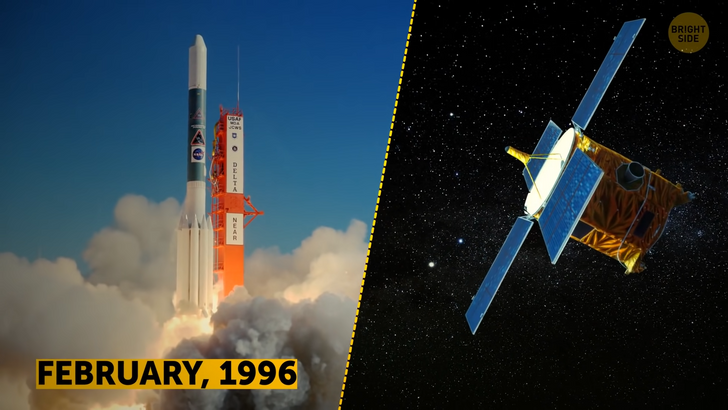
Asteroid 433 Eros is indeed the smallest body in our solar system that got its own spacecraft orbiting it. At first sight, this asteroid seems like any other ordinary rock coming from space: potato-shaped, rotating every five-and-a-half hours, the size of two Manhattans. For comparison, the biggest asteroid discovered is 583 miles [(940 km)] across, while the smallest one is around 6 ft [(2 m)] wide.
Asteroids are actually some kind of leftovers that remained from the early stages of the Solar System. The Sun as we know it began to get its shape when compressed gases and atoms started blending into a protostar. Smaller grains of debris and dust around the Sun formed into rocks, and as they were crashing into each other, ta-daaa — they formed even bigger ones.
Objects that survived this chaotic and messy party are something we know today as planets and moons. Smaller bodies that couldn’t get the status of a planet are asteroids. They’re too small to have any atmosphere, and their gravity isn’t strong enough to shape them into a sphere, so they don’t have conditions to support life.
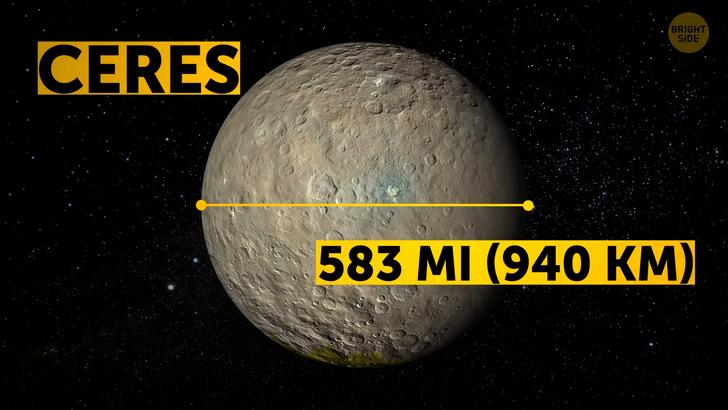
Most of them end up somewhere in between the orbits of Jupiter and Mars and simply pass us by at a safe distance — but not Eros. It became the first of Near-Earth Asteroids, or NEAs.
Since 1975, the closest Eros got to Earth was in 2012 — around 16 and a half [16.6] million miles [(26.7 million km)] away, which makes about 70 times the average distance to the Moon. It was discovered in 1898 and named after the Greek deity of love. You know, Eros, the arrows that he uses to make people fall in love with each other, the mess he makes with broken hearts — yup, in Greek [Roman*] mythology, they call him Cupid.
Among many other fascinating space discoveries is nuclear pasta. Not like one my grandma makes, true, but not that bad, either! The recipe says you should — 1 — wait for a star to reach a certain age when it’s time for it to explode (um, yeah, and be patient because this could take maybe around a billion years?).
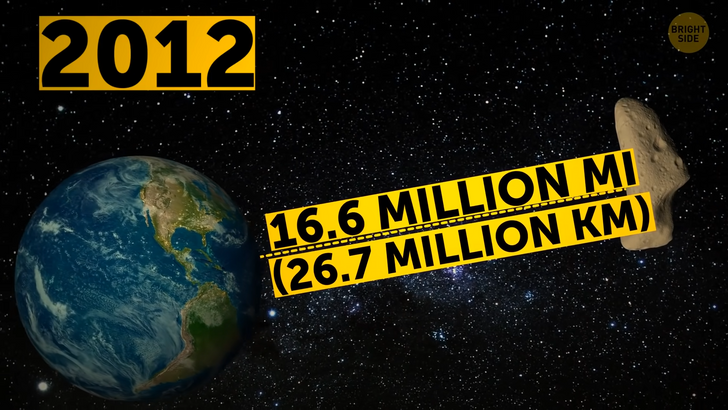
2 — After the explosion, collect its leftover neutrons and stir them until you get an extremely dense stew. Toss in some gravity to taste. And the last step — don’t forget to bake it at 1 million F [(600,000 C)].
Nuclear pasta is definitely one of the weirdest meals on the universe menu, but also potentially the strongest material out there. You would need 10 billion [10,000,000,000 x] times bigger force to shatter a plate of nuclear pasta than to break steel. Scientists believe this stuff is that strong because it’s incredibly dense. Kinda like me. Picture this: 1.3 million [1,300,000] Earths squeezed down and scrunched into the size of Toronto.
Oumuamua (oh-MOO-uh-MOO-uh) is the first visitor that came to our solar system — something that scientists have been waiting for decades. This mysterious object was discovered in October 2017 and is considered to be a piece of some bigger body formed outside the solar system and torn apart during its journey.
Oumuamua, which means ‘scout’ in Hawaiian, is an elongated body that resembles a big space cucumber — definitely something unseen before. It has “non-gravitational acceleration” and no one actually knows how it moves since there are no visible tails or any outgassing signs.
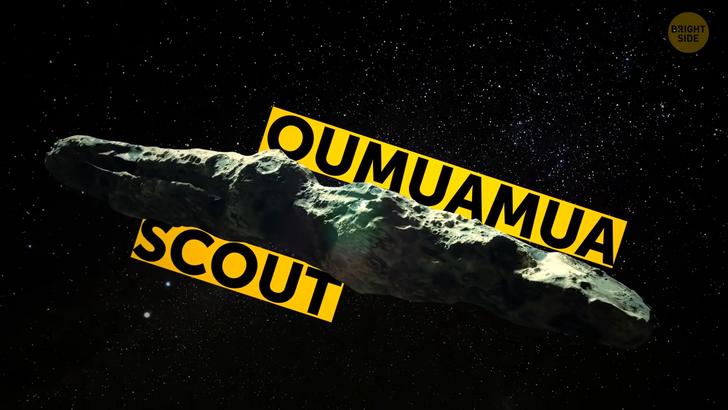
Tabby’s Star is sure among the most mysterious in the universe. It’s 1,000 light-years [sun, Tabby’s Star] away, 50 % larger, and a lot hotter than the Sun. In 2015, scientists noted that Tabby’s Star’s brightness would dim down by as much as 22 %. Big clouds of dust could be guilty of that, but this star is too old to have something like that. It’s still not clear what could be causing this massive dimming.
Nebulae are huge clouds of dust, gas, and plasma that never stop dishing out surprises. They can change and take almost any shape: a fried egg, a space head, a diamond ring...
A red square nebula is one of the most fascinating space objects. There is no explanation of how and where it came from — it’s just a glowing and almost perfectly symmetric box in the middle of nowhere.
Around 210 light-years away from Earth, there’s the constellation called Lyra — that’s where the Kepler-37 system is. Kepler-37b is the smallest planet in it: with under ⅓ of the Earth’s mass, it’s just a little bit bigger than the Moon. Scientists believe this is an airless and rocky planet similar to Mercury.
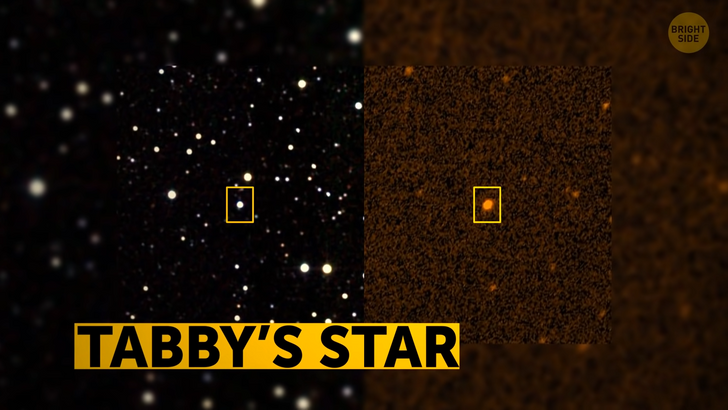
Moving to Sagittarius B2, one of the biggest molecular clouds of dust and gas in our galaxy. It’s located around 25,000 light-years from Earth, and close to the center of the Milky Way galaxy. Research has shown it contains more than 50 different molecules — and one is sugary stuff that tastes similar to raspberries. Ahh, discovering tasty planets — space is getting better and better!
Fermi bubbles are two mysterious gigantic blobs made of cosmic rays, gas, and dust found in 2010. They hang around the central black hole of our galaxy, one on either side. Bubbles expanded below and above of our galaxy over time, so they’re now around 50,000 light-years across. No one knows how they got there, but one theory says they’re related to the same black holes that occurred about 6 million years ago.
Gliese 436b is one of the strangest planets out there — it’s extremely hot, yet made of ice. This is a Neptune-sized planet that needs just a little bit more than 2 days to finish a full orbit around its parent star. It’s assumed its surface has a temperature that goes up to 830 °F (450 °C), but the ice still doesn’t melt since the planet has enormous gravity.
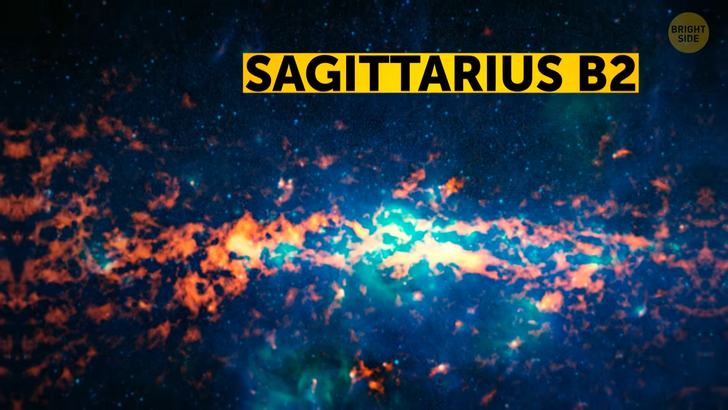
Black holes are not always supermassive: IGR rests in the constellation Scorpius and is only 3 to 10 times more massive than the Sun, which probably makes it the smallest black hole discovered so far. NGC 3842, on the other hand, is something we picture when someone mentions a black hole. It’s in a different galaxy and about 2,500 times as strong and massive as the black hole in the center of the Milky Way.
Ah, Venus — the planet of superlatives. The closest planet to Earth, the hottest surface, reflective clouds that make it the shiniest planet as seen from Earth, the biggest number, 1,600 of volcanoes when compared to other planets of our solar system. Also, we’re talking about the slowest-spinning body in our universe that barely rotates at all: it takes 243 Earth days for Venus to make one single turn.
This planet is so slow you could actually walk faster before it makes a complete turn. Venus goes in the opposite direction from Earth, which is why sunsets there are in the east, while the sun rises on the west side.
55 Cancri e is about twice the Earth’s size with the temperatures of up to 4,900 °F [(2,700 °C)] — perfect conditions to turn carbon into diamonds. Yup, one-third of this planet is covered in carbon, which makes this diamond object one of the most expensive planets.
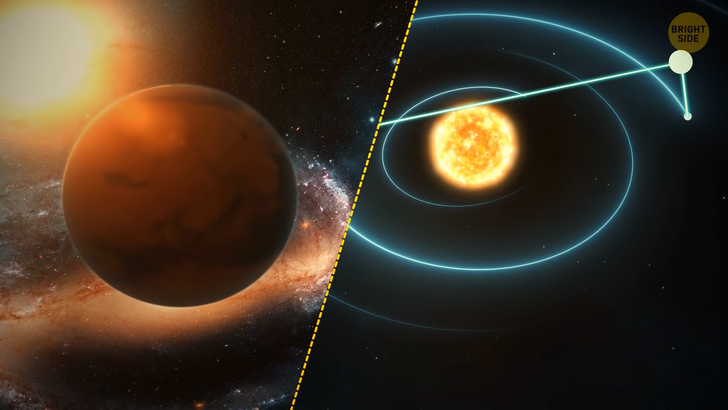
Scientists who observe space changes in Antarctica see neutrinos at least once a month. Still, this one that struck our planet in 2017 was really special: it was the first one they could trace the origins of. They discovered it took 4 billion years for the neutrino to reach the Earth.
It got to our planet from a massive black hole at the center of a galaxy that had been destroying all the matter surrounding it... Hey, welcome to the new neighborhood.











